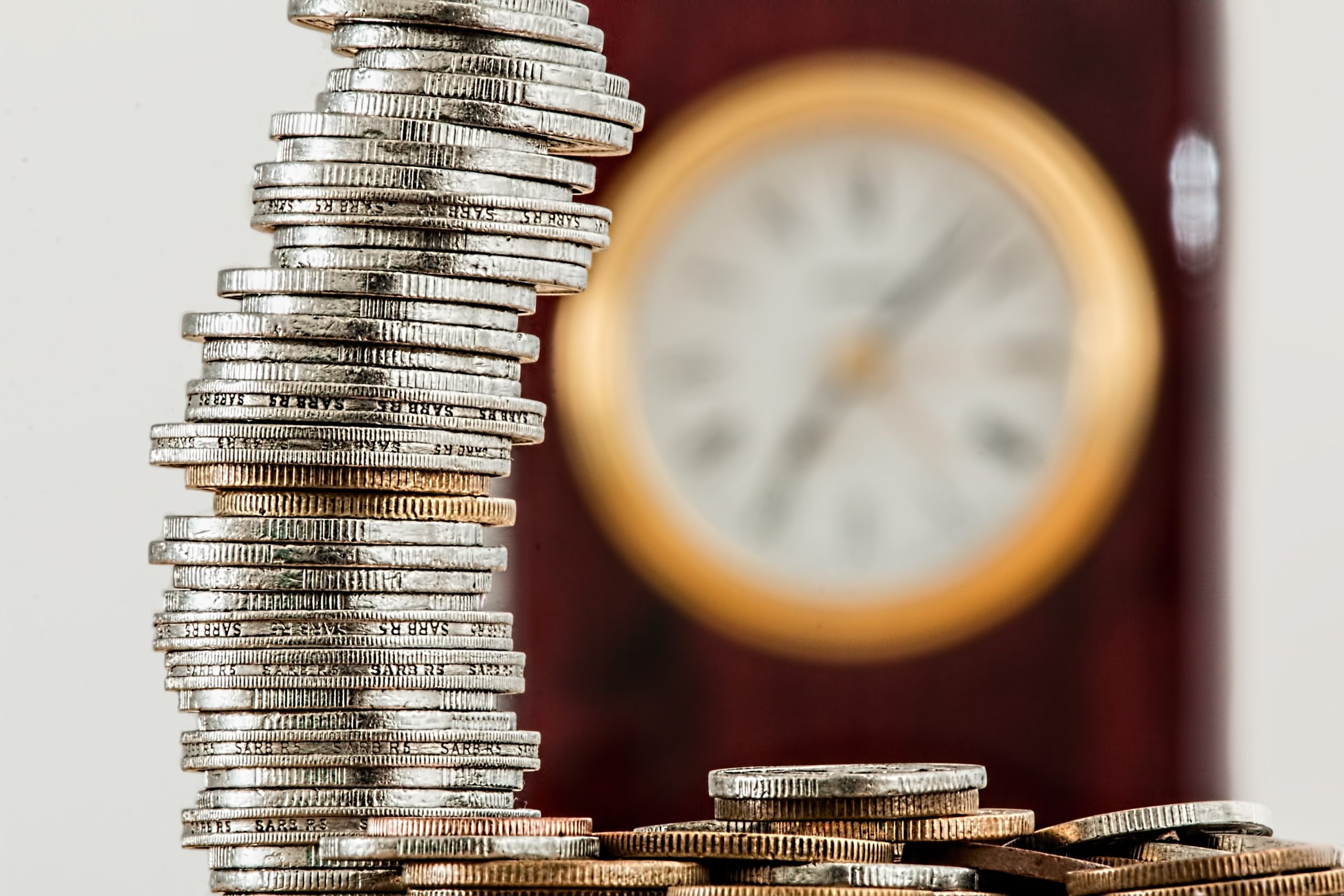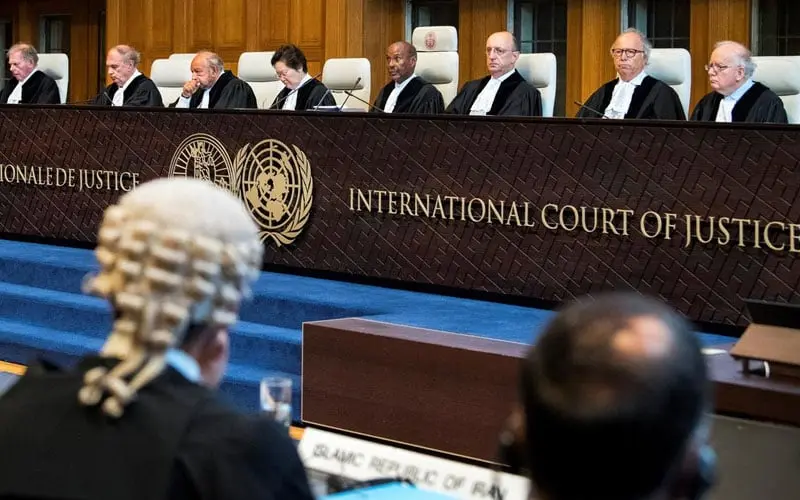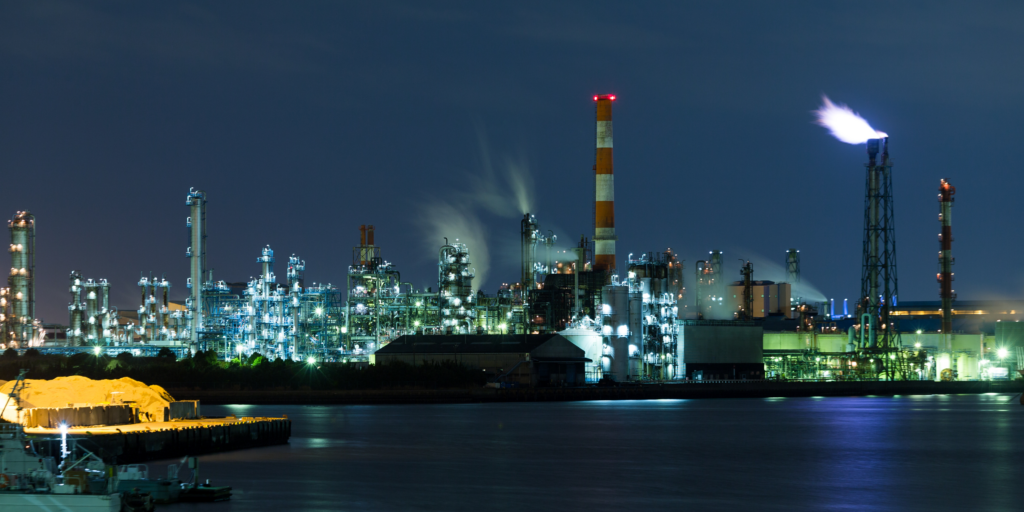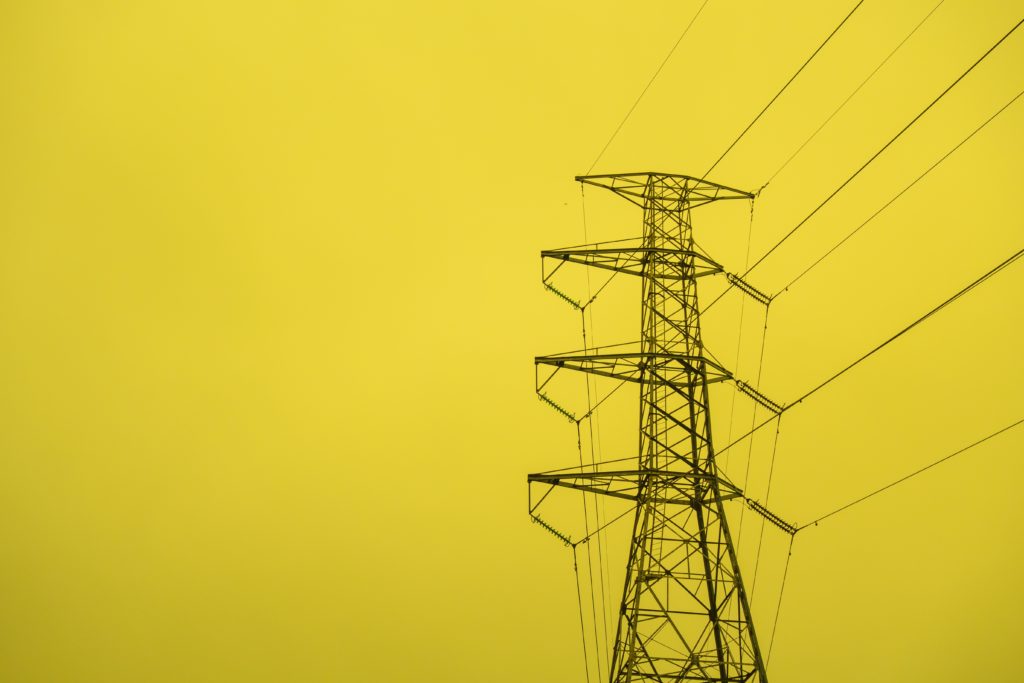The Federal Government’s 2023 budget is the first in a decade to take climate seriously as both an opportunity and a threat for the Australian community. The new government has lifted investment in climate action from virtually nothing in the May 2022 Budget to $24.9 billion in this update.
This budget makes clear the very real costs of climate change, highlighting confronting figures like a potential 7% drop in Gross Domestic Product over the remainder of this century due to temperature rises if we fail to act.
The Climate Council welcomes promised funding for renewable energy infrastructure, green skills and electric vehicles, in line with the government’s pre-election campaign. These initiatives will help to ramp up the urgent transformation of our energy and transport systems and create more clean jobs across Australia. These decisions finally put Australia on the path to start seizing the opportunities that come from transitioning to a zero-emissions economy.
It’s a step in the right direction but there’s still a marathon ahead. Australia must ramp up its renewables transition to ease the pain of rapidly rising bills and stop new fossil fuel projects if we are to rapidly cut our emissions this decade.
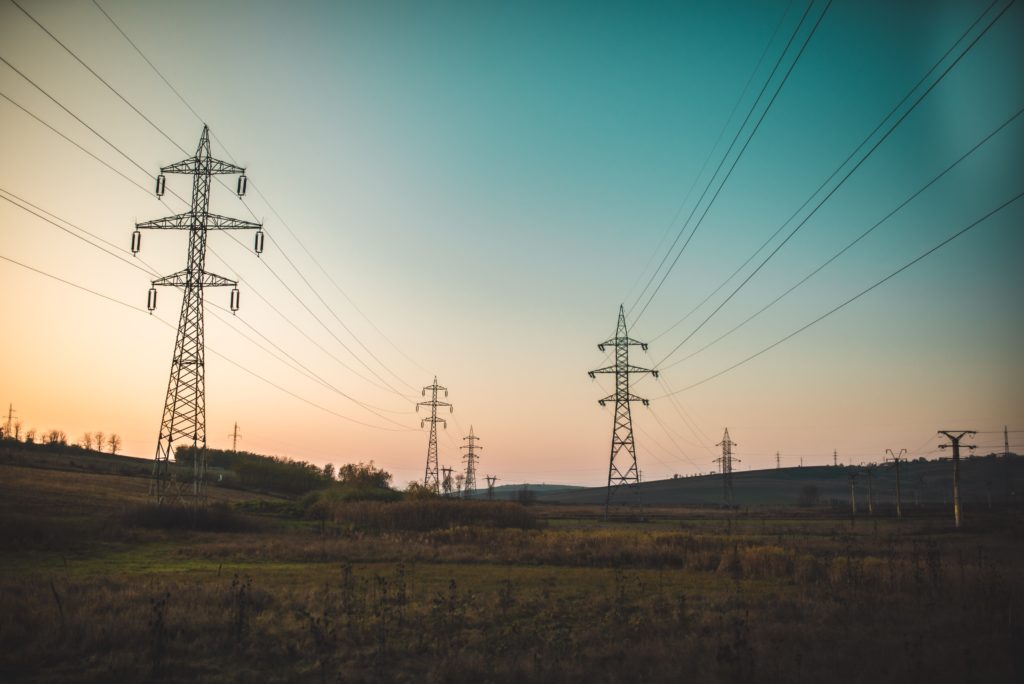
Here is the Climate Council’s top three highlights and lowlights from climate spending in this budget:
Highlights
1. Increased investment in renewables
To transform the energy system, we need to build the infrastructure capable of transporting much higher volumes of renewable electricity across the system, increase energy storage and upskill tens of thousands of workers for a zero-emissions economy.
- $20 billion is allocated to urgently upgrading Australia’s electricity grid so that it can handle and distribute more renewable power across Australia.
- $102 million will help establish a Community Solar Banks program to build community scale solar and clean energy technologies. This will help drive down energy prices, reduce emissions, and assist up to 25,000 households that are traditionally unable to install rooftop solar to take advantage of low cost, clean energy.
- $224 million will go towards the deployment of 400 community batteries across Australia to lower bills, cut emissions and reduce pressure on the electricity grid by allowing households to store and use excess power they produce.
- $100 million to the New Energy Apprenticeships and New Energy Skills programs. The programs will help apprentices acquire necessary skills by developing a new mentoring program and providing up to $10,000 for each apprentice in a clean energy role.
2. More support for the Pacific
The Australian Government is working to reaffirm its place as the security partner of choice for the Pacific, and so far, the Pacific has welcomed Australia’s new climate targets. Now Australia will use $900 million to demonstrate its commitment and rebuild its international development program, enhancing regional security and cooperation.
3. Further investment in the Climate Change Authority
The Climate Change Authority was established as an independent statutory body in 2011 to provide expert advice to the Australian Government on climate change policy. Under the previous government it lost credibility as its resources were slashed and the Board was stacked with big business appointees lacking genuine climate science expertise. $42 million will see the continued restoration of the Climate Change Authority and its ability to provide credible science-backed advice to the Federal Government.
“From a climate perspective, this Budget is a refreshing change from what we have had to endure for many years now. Climate change was mentioned 220 times – it’s not front and centre – but it’s a vast improvement on recent years.” – Climate Councillor and leading economist Nicki Hutley.
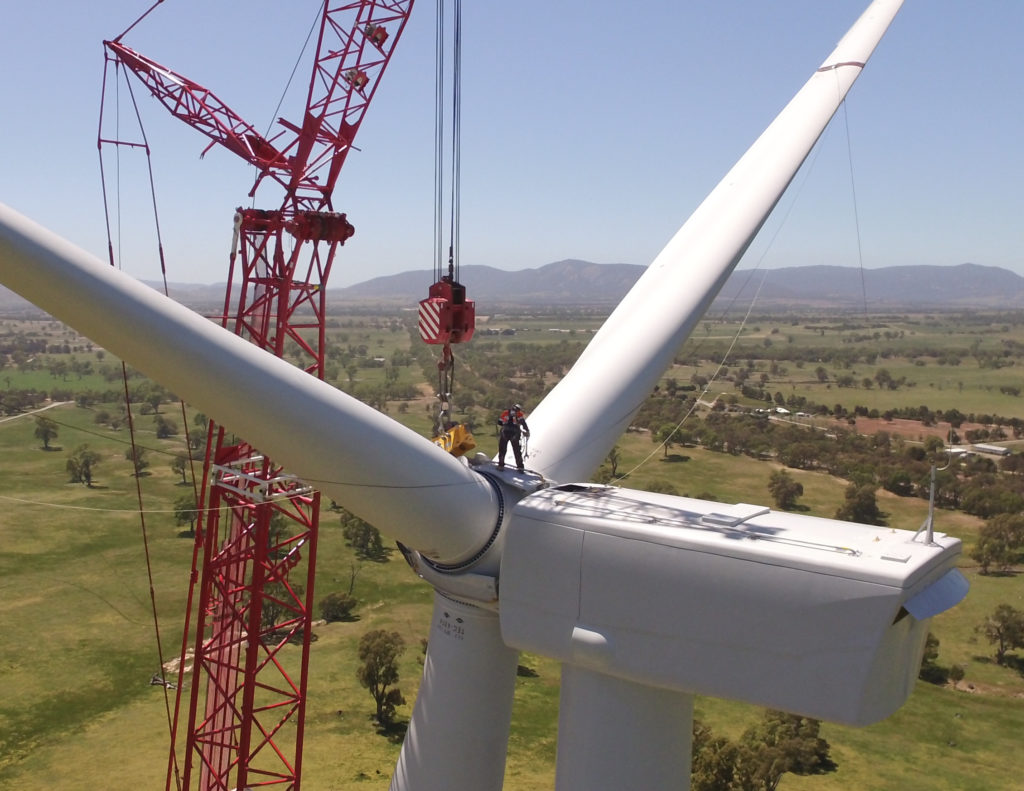
Lowlights
1. $1.9 billion for the polluting Middle Arm project
The precinct will be a petrochemicals and gas Carbon Capture and Storage (CCS) hub, and will be used to process fracked gas from potential future fields in the Beetaloo Basin for export. Carbon Capture and Storage is used as a licence to ramp up emissions. In Australia, the coal and gas industry is pushing for CCS so it has a licence to keep its polluting projects going, not because it wants to cut emissions.
2. $65 million for polluting gas
Australia needs to be working to decarbonise our energy systems as quickly as possible. Last year Australia exported 4,314 petajoules of gas – just under four times the amount actually consumed within Australia. There is not a shortage of gas supply in Australia, and demand will decline further over time as we transition to renewable energy.
3. Ongoing fossil fuel subsidies
The Federal Government’s first budget is a missed opportunity to start phasing out subsidies which sustain and underpin fossil fuel use, like the Fuel Tax Credit. Australia needs to electrify transport as soon as possible, but subsidies for petrol and diesel skew the incentives for pursuing clean alternatives. Here is our analysis about what the $11.6 billion Australia spent last financial year on subsidising fossil fuels could buy us in renewables initiatives instead – like free solar on every public housing building in the country, or replacing Sydney, Melbourne and Brisbane’s entire bus fleets with electric buses!
Extreme weather events are becoming more common because of climate change, as Australia’s East Coast is experiencing right now. The Government’s new investments in disaster preparedness are important for protecting the lives and livelihoods of Australians in the short term. But the only way we can truly address this risk is to rapidly drive down emissions this decade.
Australia is a major polluter, as one of the world’s largest exporters of fossil fuels. Emissions from Australian coal and gas burned in other countries are more than double our domestic emissions, plus Australia still has dozens of new coal and gas projects in the pipeline. We have a responsibility to rapidly phase down fossil fuels and ramp up the export of clean energy instead.
Continuing to subsidise fossil fuels – including by failing to phase down fuel tax credits and directly investing in projects like the Middle Arm Industrial Precinct – means Australia will continue to play an outsized role in fuelling the climate crisis globally.

